|
Therapeutic exercises are simple movements of the body that take the major joints and muscles through their functional range of motion. They are not fancy or particularly beautiful to look at, but they are quite useful to keep the body strong, mobile and painless.
These exercises are the basis for the yoga method taught at Ghosh's Yoga College in Kolkata, India. They are central to the goal of building and sustaining health. Because modern life is full of imbalances — lots of sitting, hunching and looking at screens — our bodies and minds get out of whack pretty often. We get tight hips, tight lower backs, achy necks, tight shoulders, etc. Most often, these tight achy areas are directly linked to an imbalance in a major joint. On the opposite side of the tightness is weakness. We use these Therapeutic Exercises as precisely as we can to target the issues in the body. Some exercises are good for balancing the lower spine — like the Torso Lift and Leg Lift — while others are good for balancing the upper spine — like Cobra and Full Locust. Still other exercises are useful for balancing the hip — like Squatting and Hip Hinge — or the shoulders — like Butterfly or Chest Expansion. After years of consideration and discussion with the Ghosh family, we are finally releasing a book that contains more than 40 Therapeutic Exercises. We try to explain the use of each exercise as precisely as possible, both what it does in the body and what imbalances it is good for. At the end of the book are a handful of practice sequences. You may know that 'sequences' are unusual in therapeutic yoga, as each person is different and gets a unique prescription. But we have identified a few of the most common issues and imbalances and provided sets of exercises to target them. We truly hope that this book will be useful to you, whether you are a beginning student, have an injury, are a yoga teacher, a yoga therapist or a historian of this method. The book is available for preorder here. It will ship on December 7.
4 Comments
This week marks three years since the publication of 3 books: Buddha Bose's lost manuscript of 84 Yoga Asanas, the Beginning Ghosh Yoga Practice Manual and the Intermediate Ghosh Yoga Practice Manual.
BUDDHA BOSE For anyone who doesn't already know, the manuscript for this book was created in 1938, containing more than 90 beautiful pictures of a young Buddha Bose. Bose was Bishnu Ghosh's first great yoga student in the 1930s. The manuscript contained instructions for 84 asanas and 10 mudras, but was never published for unknown reasons. Over many decades, it made its way to England and then the US, where Jerome Armstrong found it in a collection in Connecticut. We received permission to publish it and got funding support from hundreds of yogis on Kickstarter. The first edition is now sold out, and we are working on putting together a second edition that is smaller and easier to handle. BEGINNING PRACTICE MANUAL After teaching for a few years, it became clear that older people and beginners could use some simple instruction in accessible and beneficial postures. This book is a significant down-level from Bikram's class, intended for ages 60 and up, injured or true beginners. It includes some great therapeutic postures that build health and strength; ones taught by Bishnu Ghosh and Buddha Bose but overlooked in the past few decades. We are proud of this book, since it opens the practices to an underserved community. INTERMEDIATE PRACTICE MANUAL All of our book writing can trace itself back to this volume, the Intermediate Practice Manual. It is inspired by and draws heavily from our study with Tony Sanchez. It is meant for capable and comfortable yoga practitioners who are ready for some more complexity and depth in their practice. It has more than 50 postures, taking the yogi from a proficient beginner to the precipice of higher yogic practice. We never imagined ourselves as authors or historians, but the path of life is strewn with unexpected obstacles and opportunities. In celebration of their anniversary, we are offering 20% off purchases of these three books (or their digital downloads) with the coupon code "3years". Calcutta Yoga is a new book about the history of yoga in Calcutta, covering 4 generations of the Ghosh and Bose families. Below is an excerpt from early in the book, about Buddha Bose's birth in 1912. It begins with his parents, Rajah and Emily. Learn more and purchase the book here. Chapter 3 |
AUTHORSScott & Ida are Yoga Acharyas (Masters of Yoga). They are scholars as well as practitioners of yogic postures, breath control and meditation. They are the head teachers of Ghosh Yoga.
POPULAR- The 113 Postures of Ghosh Yoga
- Make the Hamstrings Strong, Not Long - Understanding Chair Posture - Lock the Knee History - It Doesn't Matter If Your Head Is On Your Knee - Bow Pose (Dhanurasana) - 5 Reasons To Backbend - Origins of Standing Bow - The Traditional Yoga In Bikram's Class - What About the Women?! - Through Bishnu's Eyes - Why Teaching Is Not a Personal Practice Categories
All
Archives
May 2024
|

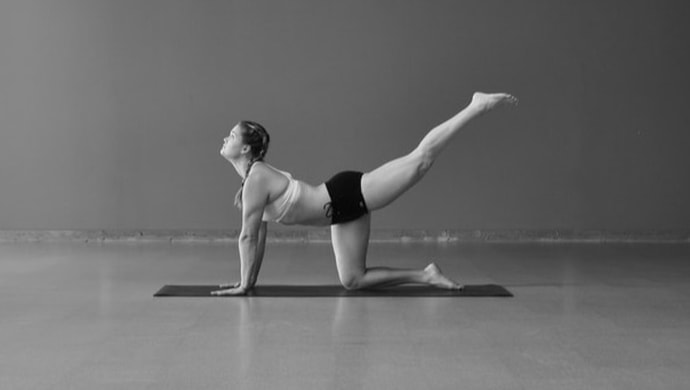
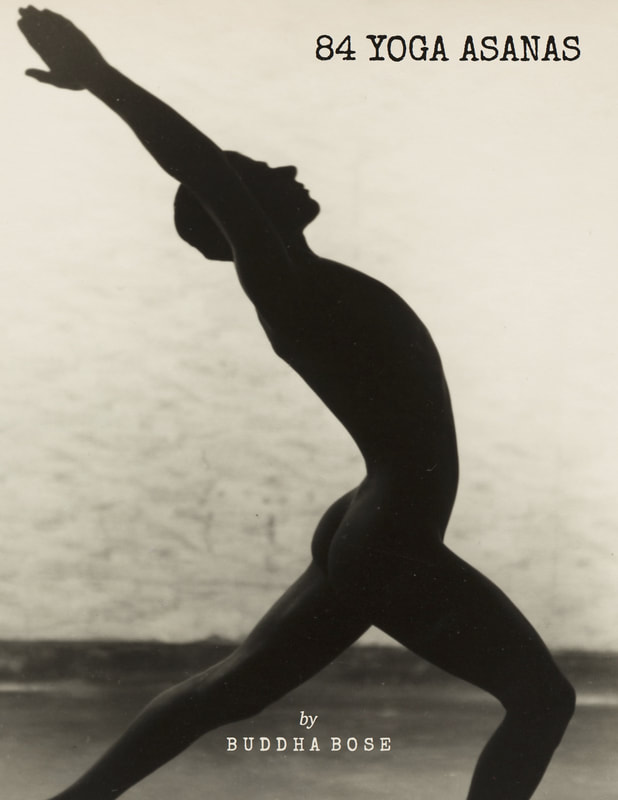
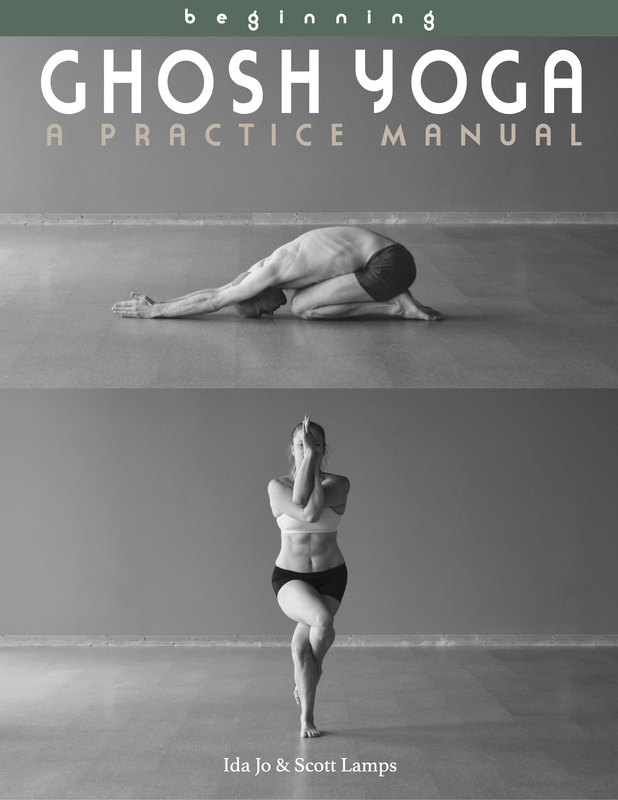
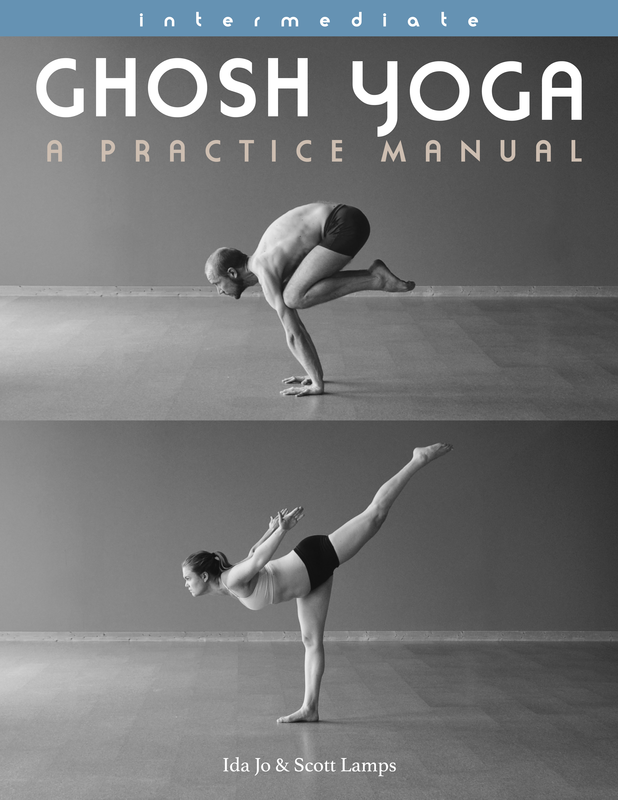
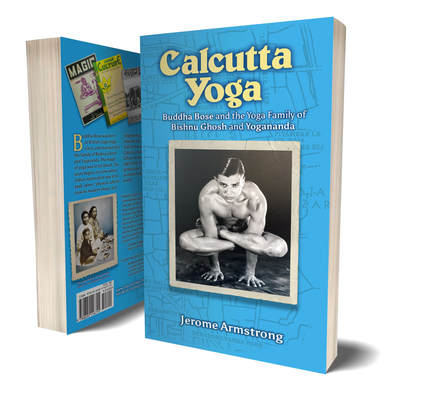
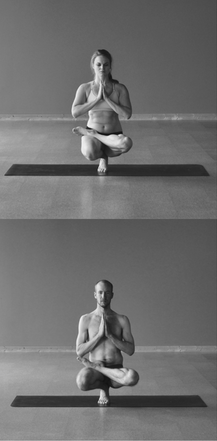
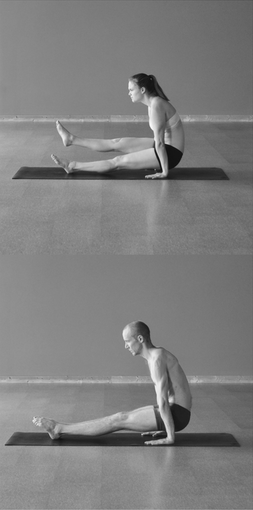
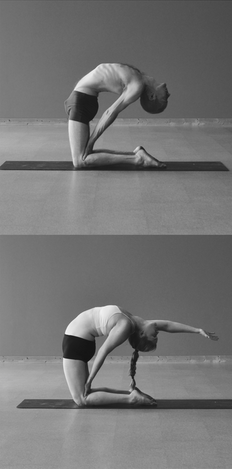
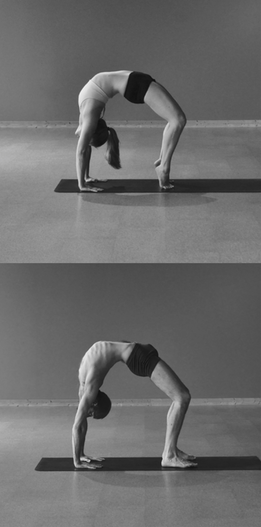
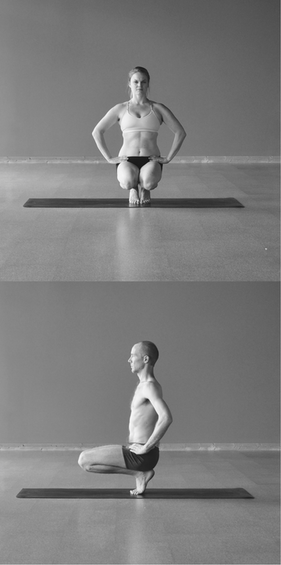
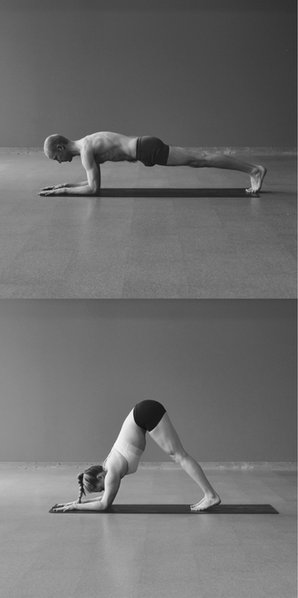
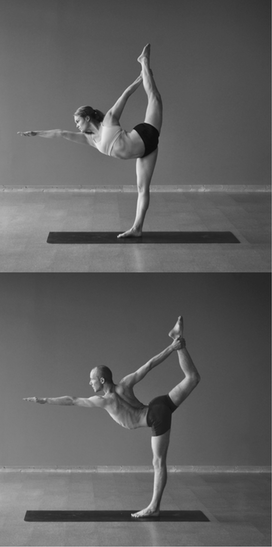
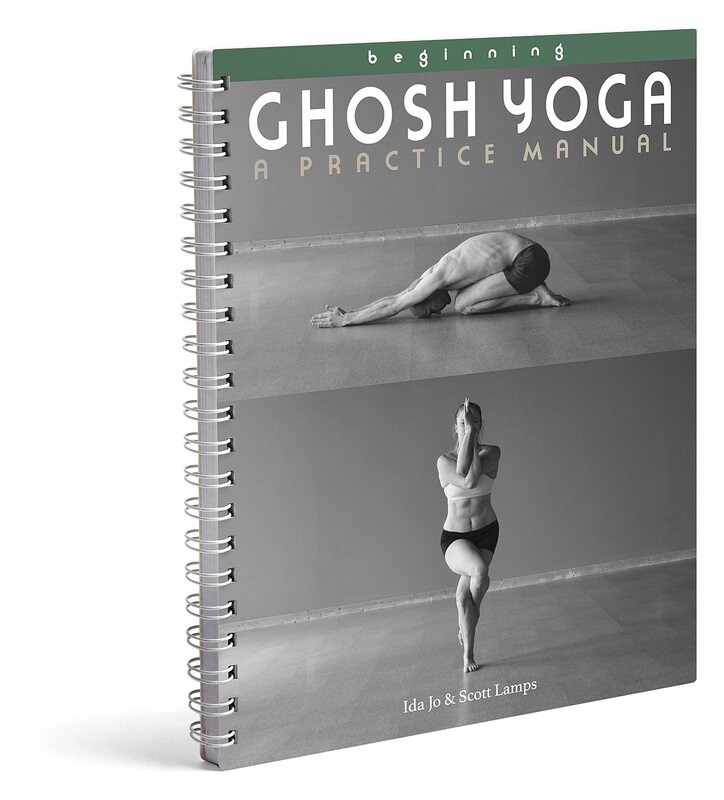
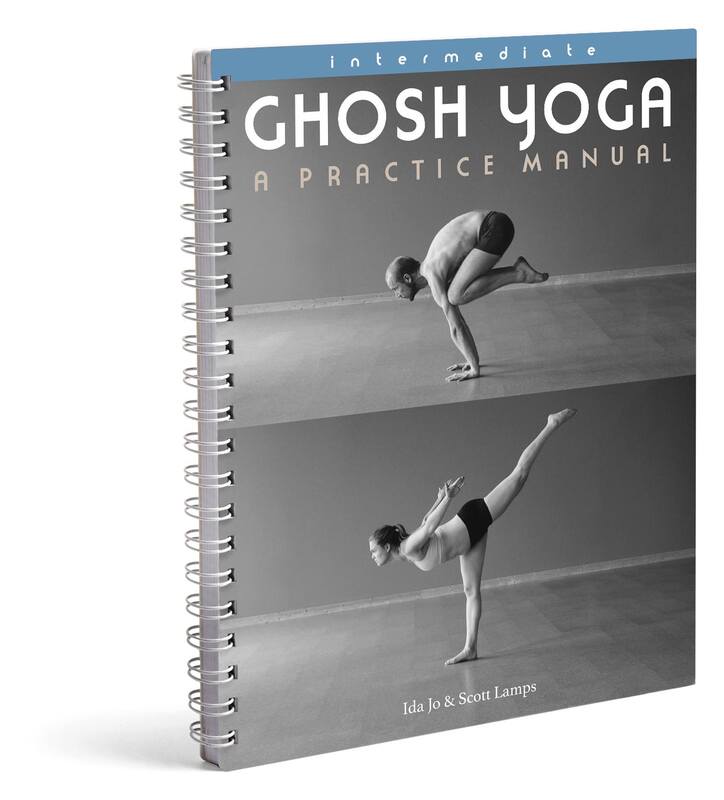
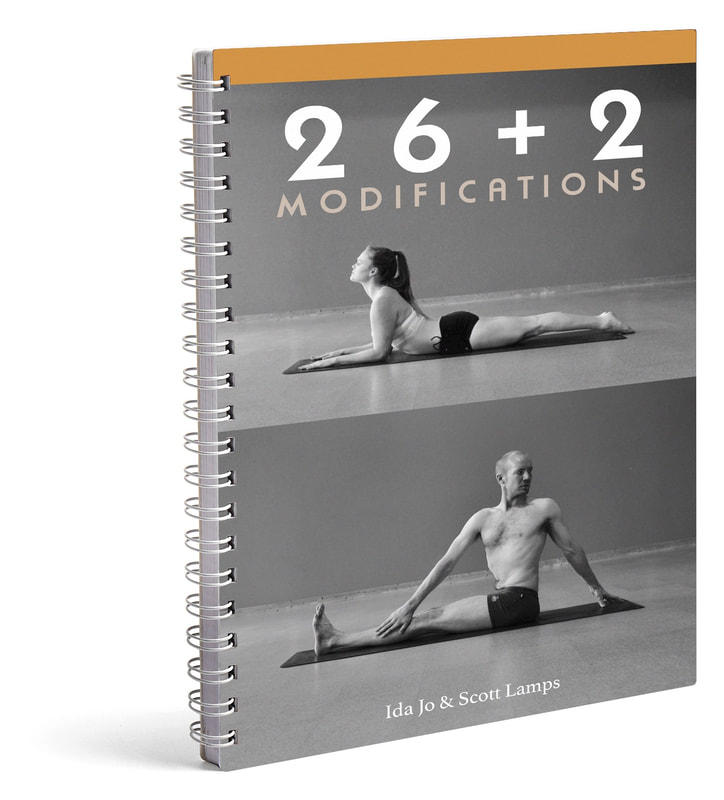
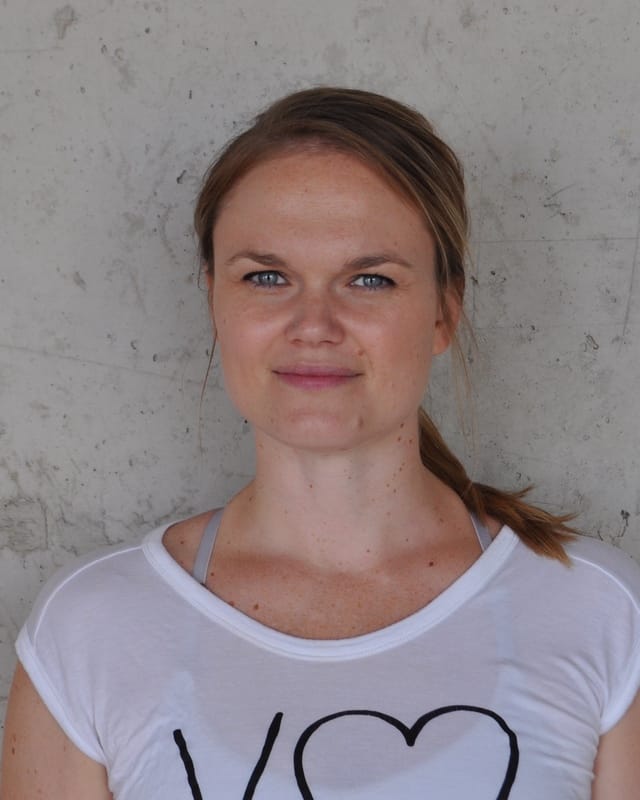
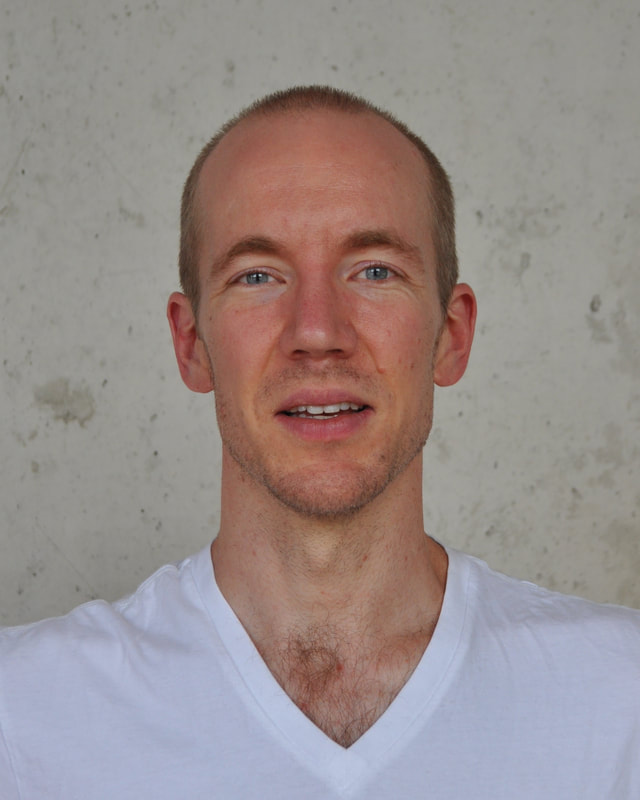
 RSS Feed
RSS Feed